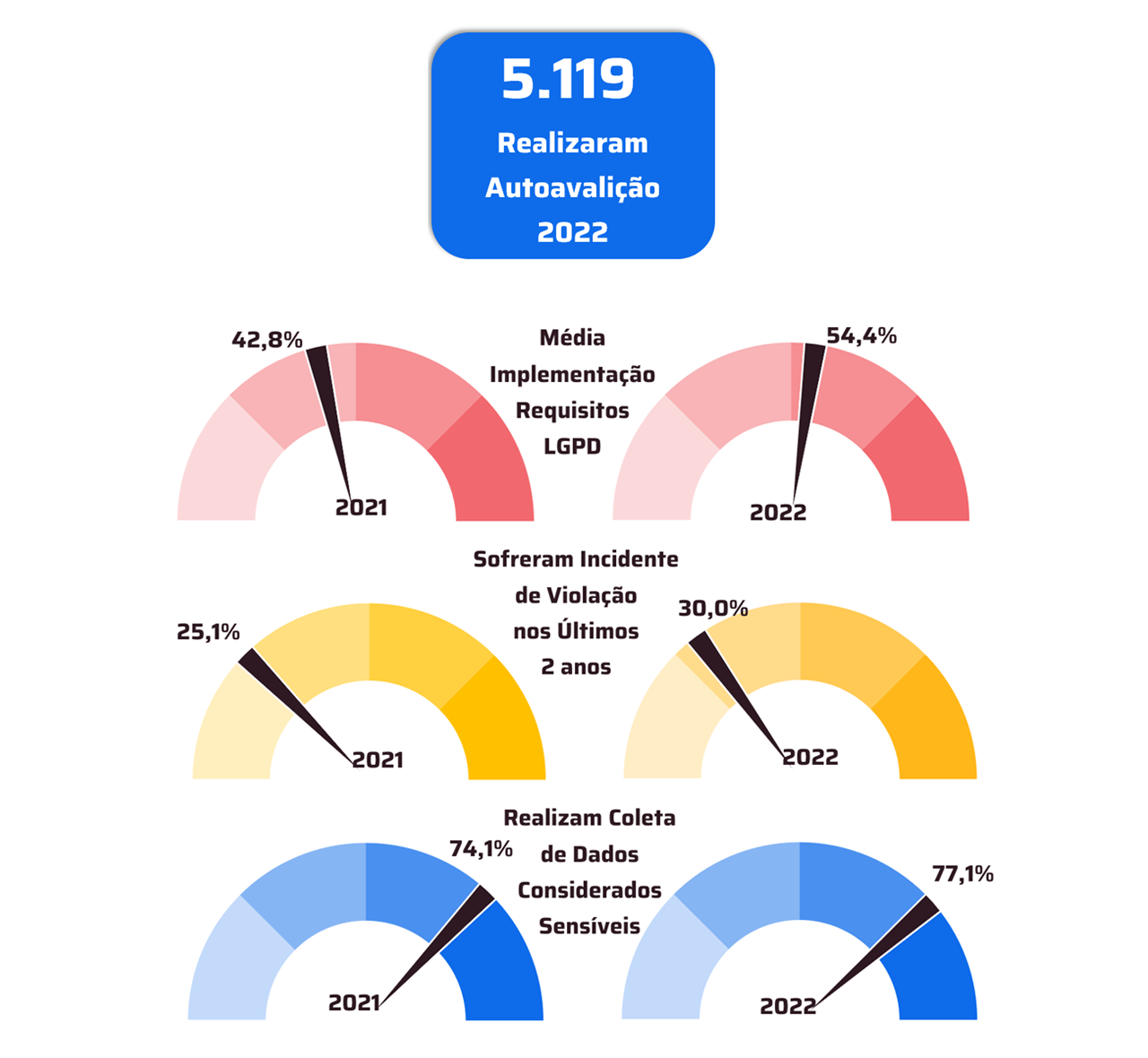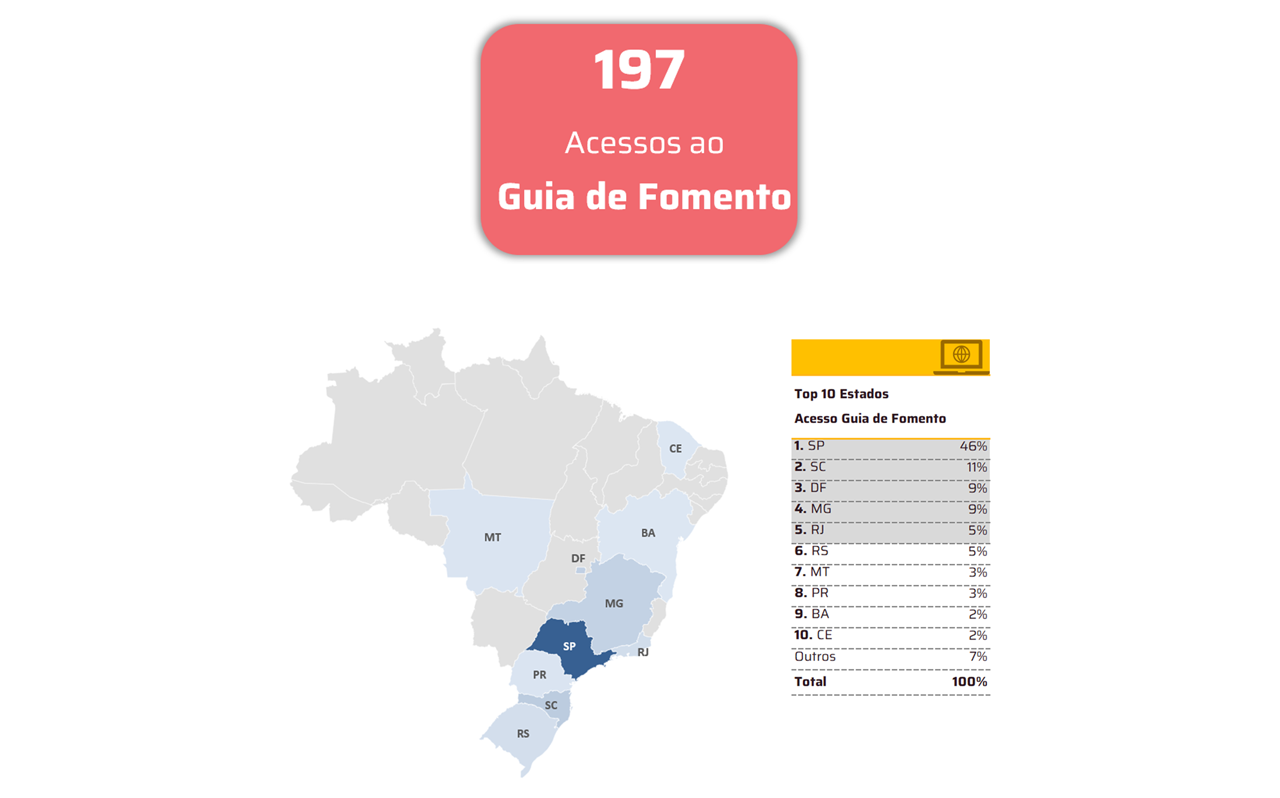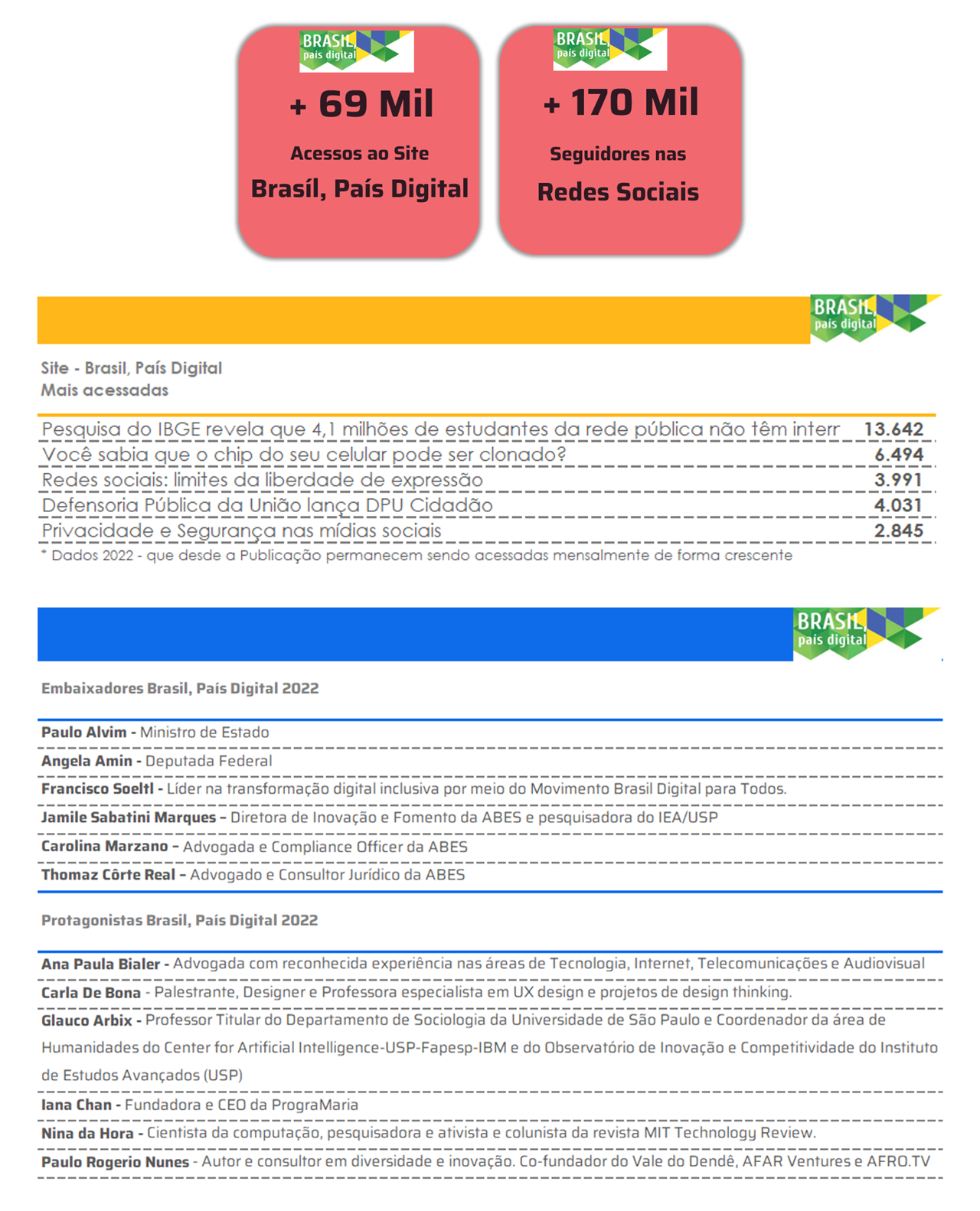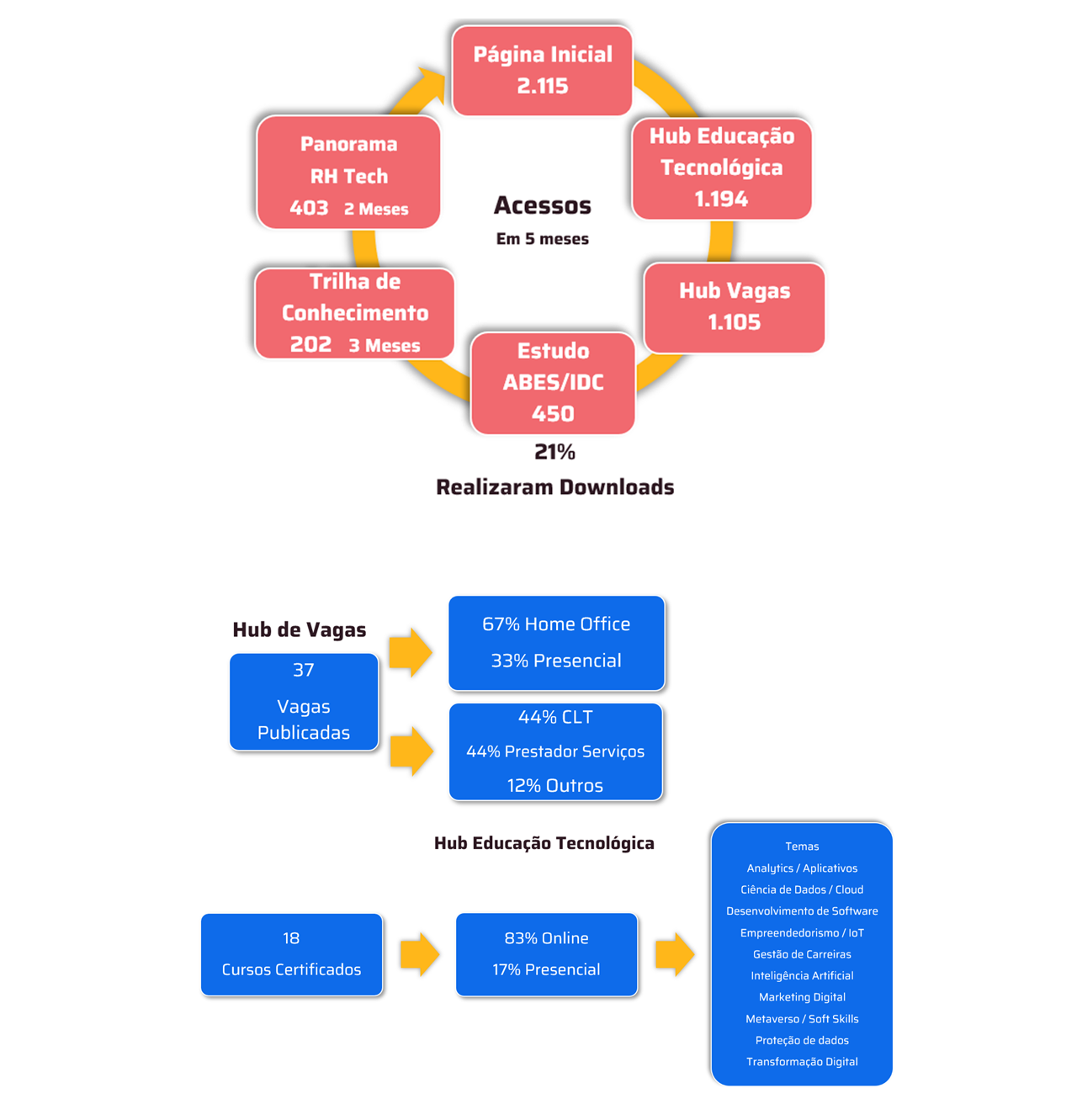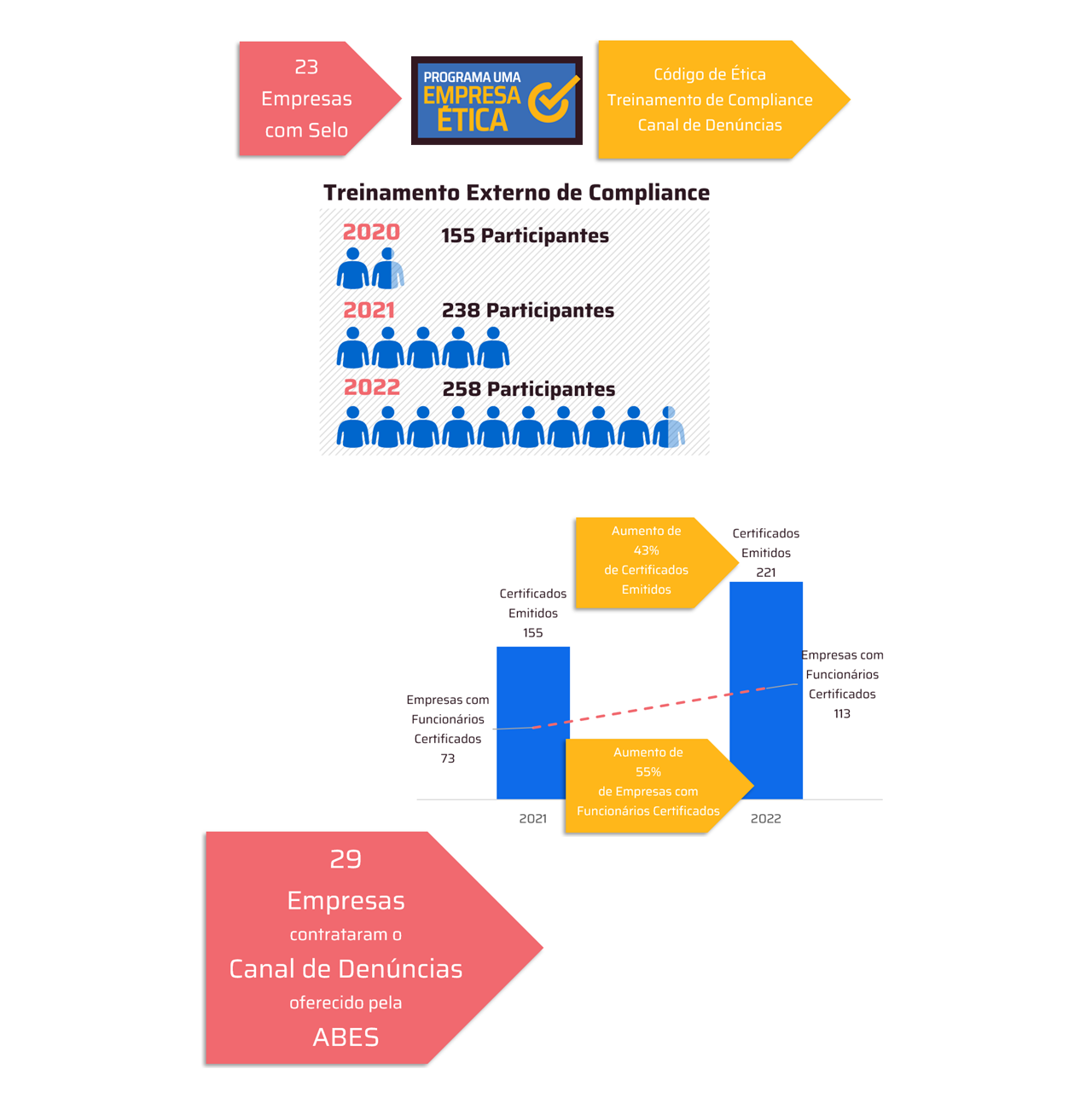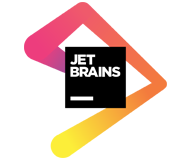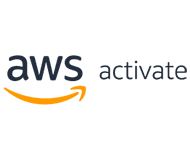With the support of Seal for Education and BenQ, which implemented 30 touch screen smartboards, 62% of the higher school's postgraduate classes are now held in a hybrid format; solution helped increase the number of students enrolled by 48%
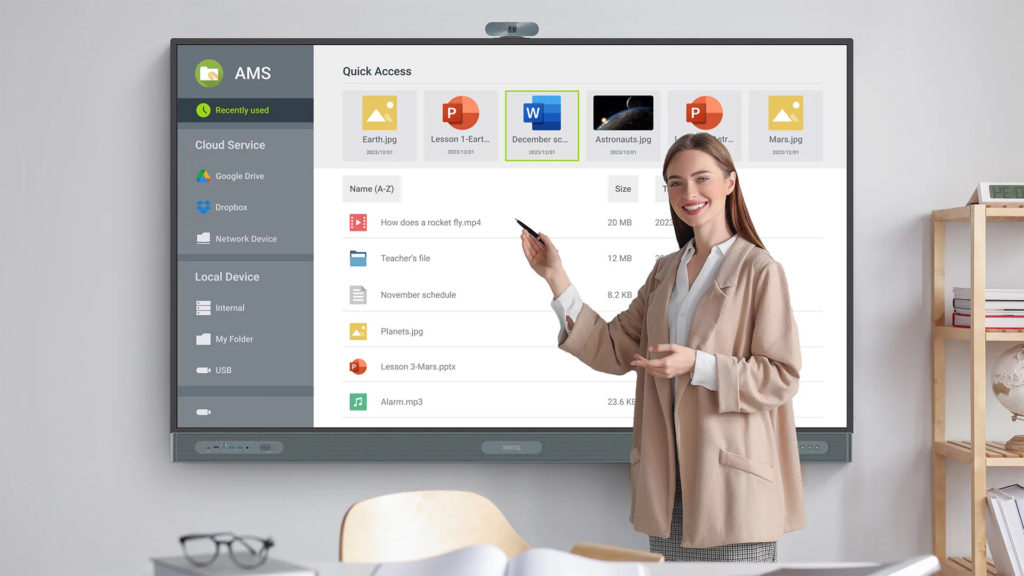
BenQ Boards interactive screens make the presentation of content and interactivity between teachers and students even more dynamic, improving classes inside and outside the classroom (credit: Disclosure/BenQ)
THE ESPM, an educational institution nationally recognized for its courses focused on areas such as communication and marketing, with around 1,200 students on four campuses (São Paulo, Rio de Janeiro, Porto Alegre and Florianópolis), has invested in recent years in a new hybrid teaching model for part of their postgraduate and extension courses. The objective was to take advantage of the positive experience of the online 100% model adopted during the pandemic, when the higher school maintained the high quality standard of classes even remotely.
Based on the structure of the ESPM Tech, its technology arm, the institution's management began to provide students with the possibility of taking hybrid classes without compromising its recognized quality standard. In other words, it was essential to deliver the same result to all students, regardless of whether they chose to attend classes in person or online.
It was with this objective that the institution created the hi-flex courses, a flexible modality developed with the support of its engineering area, based on a pilot classroom and a study in the postgraduate area. Today, 12 lato-sensu postgraduate classes, or 62% of the total at this level of education, are already held in a hybrid format. The objective is for this number to reach 20 in the short term, covering all postgraduate courses.
However, to enable hi-flex courses, ESPM sought a solution that went beyond the combined exposure of teaching content physically and remotely. It was necessary to guarantee good interaction between all students, providing the best experience and exchange of knowledge for those who attend the same class in person or remotely, following the concept of AVA (Virtual Learning Environment).
It was with the support of Seal for Education, an arm of Seal Sistemas that acts as an integrator of technologies for the educational market, and of BenQ, a leader in the development of technological solutions, that the higher school completed the approval of ESPM Tech and implemented, in the first semester of 2023, the technological infrastructure that made the hybrid model possible in postgraduate studies.
The central elements of the implemented solution are the interactive screens, which make the presentation of content and interactivity between teachers and students even more dynamic. With an omniclass profile, the technology improves classes inside and outside the classroom. On the São Paulo campus and at an undergraduate center in Bahia, 30 smartboards equipped with a touch screen and with sizes ranging from 75 to 86 inches were implemented, aiming to support in-person and remote students.
BenQ Boards can be used in a shared way with other devices (such as computers, tablets and smartphones) used by students who attend classes in person or remotely, so that everyone can have the same learning experience. In practice, everything the teacher writes on interactive screens can be recorded in the cloud and passed on in real time to students' devices – who can also access the content after class or at any time. For those physically present in the room, it is possible to plug any device into the smartboards and download the information displayed.
“The solution empowers teaching staff with the ability to offer didactic and multidisciplinary content in a more dynamic and interactive way, both in person and remotely”, says Paulo Henrique Marsula, director of information technology at ESPM. “Today the high-flex model is a great differentiator for the institution, while interactive touch screens are among the most advanced technologies for this purpose”, he states.
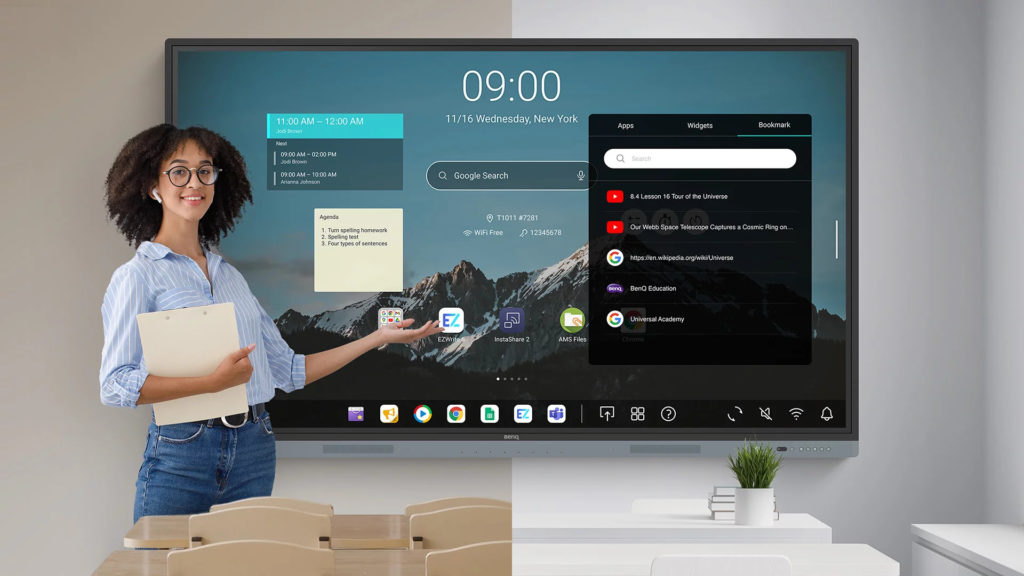
Interactive screens can be shared with computers, tablets and smartphones used by in-person or remote students, giving everyone the same learning experience (credit: Disclosure/BenQ)
Boost in enrollments
With the support of smartboards, ESPM's hybrid teaching model has shown good results for teachers and students, in addition to boosting the growth of the institution itself. Since the creation of hi-flex courses, the number of lato-sensu postgraduate students has grown by 48%, while 98% of new enrollees at this level of education have opted for the hybrid model, in search of more flexibility. Furthermore, 93 free extension courses offered by the higher school were migrated to the hybrid modality.
Using software and plugins, it is possible to diversify materials, objects and elements that appear on the screen, including specialized content such as project rendering and drawing construction, among others. The daily use of interactive screens also has the support of 'Dexter' (acronym for transformative experience designer), an ESPM professional who remains in the classroom to offer technical support in loco to teachers whenever necessary.
In ESPM's hybrid teaching project, BenQ, manufacturer of interactive screens, carried out training in loco to train teachers and staff on the use of technology and supported the development of teaching content displayed on the device. The technological infrastructure that includes the smartboards also included the implementation of an audio capture system and a backup link, available in case of connection problems for students who attend classes remotely.
“The implementation of hybrid teaching and the consequent growth of postgraduate and extension courses at ESPM ratify the enormous potential of interactive screens and the VLE concept to accelerate the digital transformation of Brazilian education, positively impacting different levels of education”, says Emerson Felipe, Commercial Director at Seal for Education. “The project we carried out at ESPM alongside BenQ is an important reference on the power that technology adds to the educational sector, benefiting teachers, students and the educational institution as a whole”, he adds.





